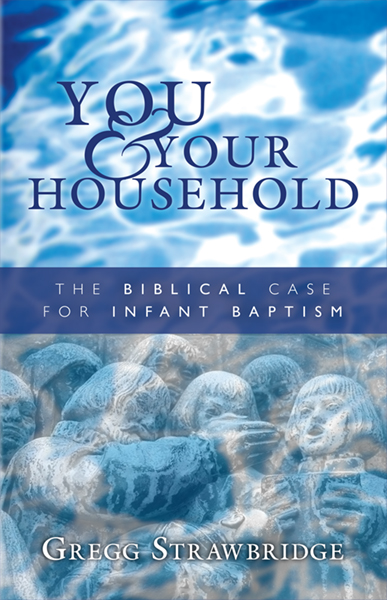For a little more than the past year, my two oldest sons and I have taken part in Trail Life, what we might describe in short-hand as “Christian Boy Scouts.” Or perhaps, what the Boy Scouts were always supposed to be. As of 2023, there were more than 1000 Trail Life troops all around the United States, and that number has only risen. The program offers a lot, which my boys and I don’t even take full advantage of, but it has been a great opportunity for us to spend time together, meet other Christian men and their sons, and do various activities together.
In the past year, something has struck me: Trail Life is an intensely liturgical organization. Despite being populated mostly by broad Evangelicals who would not want a liturgical church service, Trail Life operates—from top to bottom—in a liturgical fashion.
At the low end, I mean things like the Trailman Handshake (a particular way members greet one another), and the Trailman Oath (a “creed” if you will). When a Trail Guide raises his hand, all Trailmen are expected to raise theirs in response and listen quietly. All of these things are practiced and recited at each and every troop meeting. There is even a Trail Life uniform (“vestments” if you will), which Trail Guides and Trailmen wear at every event.
On the higher end are overall goals of the program. Trailmen receive badges, and pins, and “standards” for accomplishing various goals. These are awarded during the annual “Court of Honor” ceremony at the end of the year, where Trailmen walk the stage and receive the awards from their leaders (“signs” and “symbols” of what they are part of—“sacraments” if you will). There are different “levels,” sorted by age, and when a Trailman moves up one level (say, from the “Woodlands” to the “Navigators”), he “passes over” at the Court of Honor ceremony: the members of the higher level stand in a row and form a “tunnel” with swords, that the younger boy walks through, and then they greet him and welcome him to the new level (a “crossing”—a “baptism” if you will).
As I have compared the various things above to creeds, vestments, sacraments, and baptisms, I don’t mean they are anything like equal to these things. They aren’t replacements, of any sort. But I do think they illustrate that the things we do in church, and in worship, aren’t just arbitrary things God decreed: they align with the way He made us. He made us to be shaped and to grow in Him by performing physical actions with our physical bodies: moving, reciting, wearing, and receiving. When we lift our hands in worship, it’s because we were made so that motion does something and means something. When we recite creeds, or any other stated formula in worship, it’s because we were made to be shaped in that way. When we symbolize and signify and seal our union with Christ in baptism, and in the Lord’s Supper, it’s because we we were made to be moved by such rituals. When a church leader wears some form of particular clothing, it’s because clothing matters.
I am no doubt preaching largely to the choir here as I write. And there are further biblical defenses for all of the things we do in worship. But my experience in Trail Life has underscored the fact that we humans naturally get it. Apart from religious contexts, humans naturally form organizations and societies, and they mark those societies by liturgies. Those who are “in” are marked by uniforms, by receiving “signs” and “seals,” by performing ritual actions—not superstitiously, but because we’re just wired that way. These things have meaning for us, and we tend to do them naturally, because it fits with the way God created us.
It’s why Americans put their hand over the heart and recite the credal “Pledge of Allegiance.” It’s why service-members, in uniform, salute. It’s why we have holiday parades. It’s why we wear caps and gowns and process into auditoriums, before walking liturgically across the stage and receiving the “sign” of our graduation (sealed with the organization’s logo). It’s why we shake hands to seal a contract. It’s why we sign our name to obligate us to a home sale. And that’s not to mention all of the varying athletic liturgies—from uniforms, to chants and cheers, to medal ceremonies. The list goes on.
These things aren’t just legal or practical—they’re liturgical. And God made us as liturgical creatures, to learn who we are, and what He has created us to be, and how we can grow into the image of His Son. It’s unfortunate that we so often receive these social liturgies without question, but resist them when it comes to our faith. We understand how these liturgies incorporate us into and unite us with human societies. Doing the same—with far more meaning—when we are incorporated and united with Christ’s society of His Body, Kingdom, Church, and Family ought to be just as natural!
Photo by Maksim Shutov on Unsplash



















